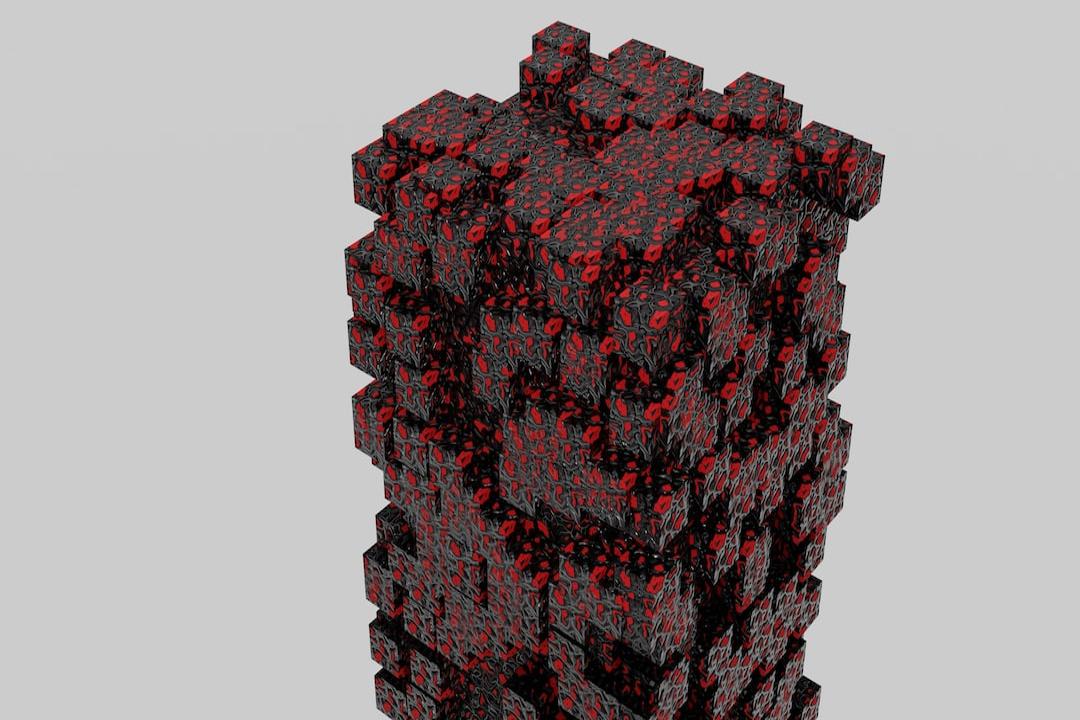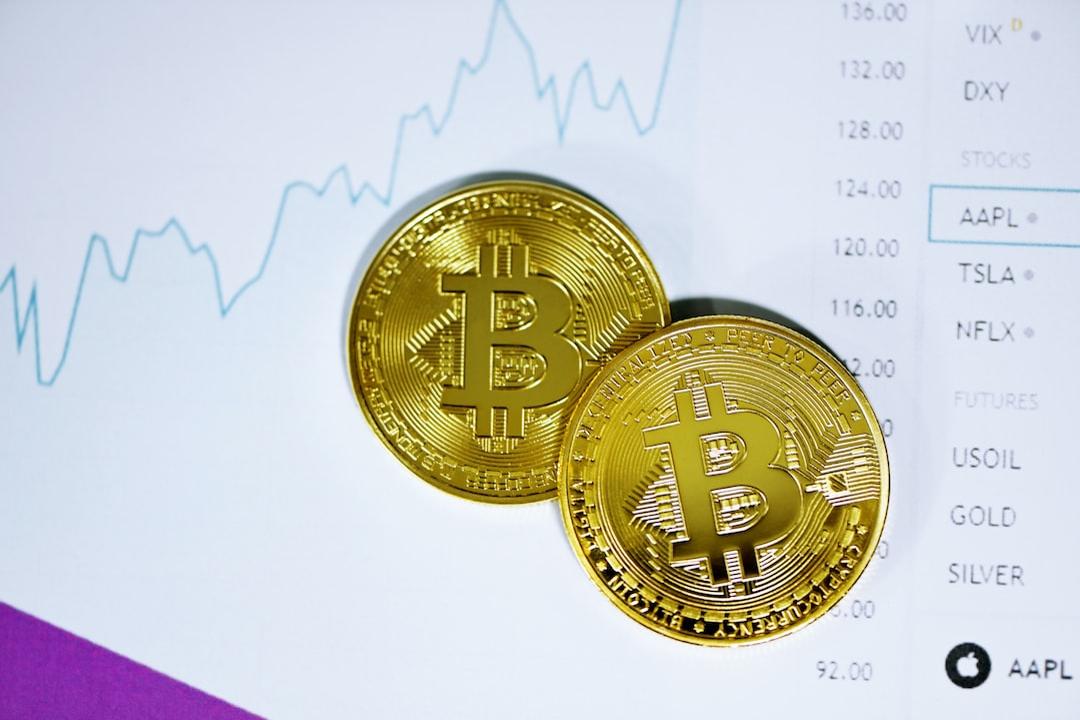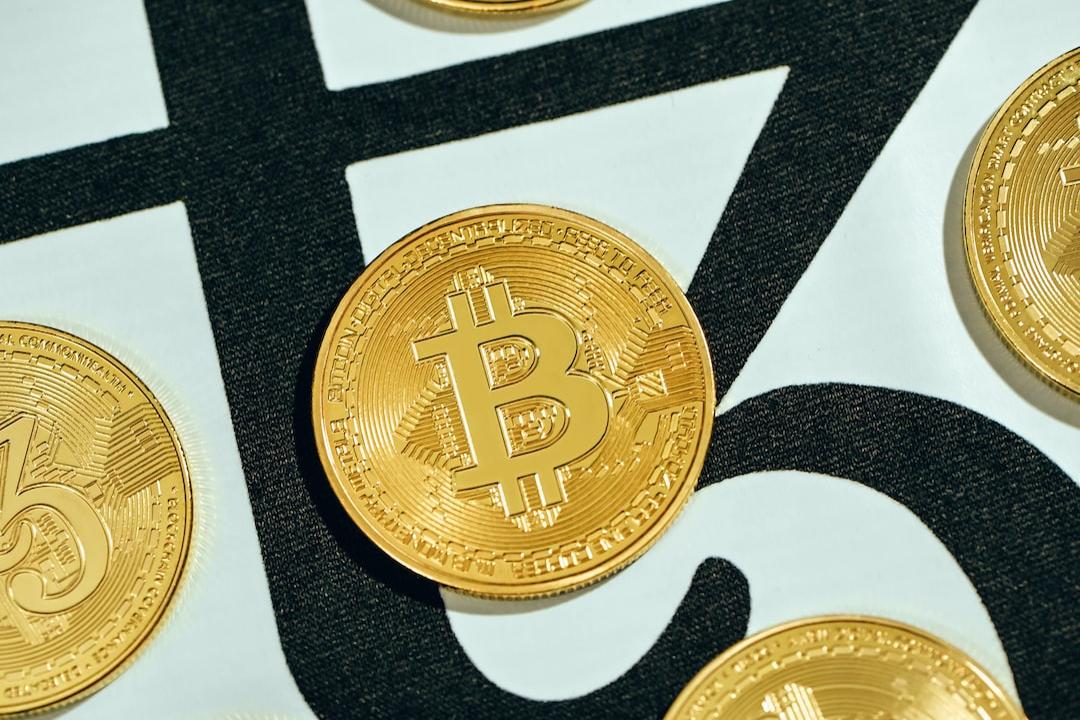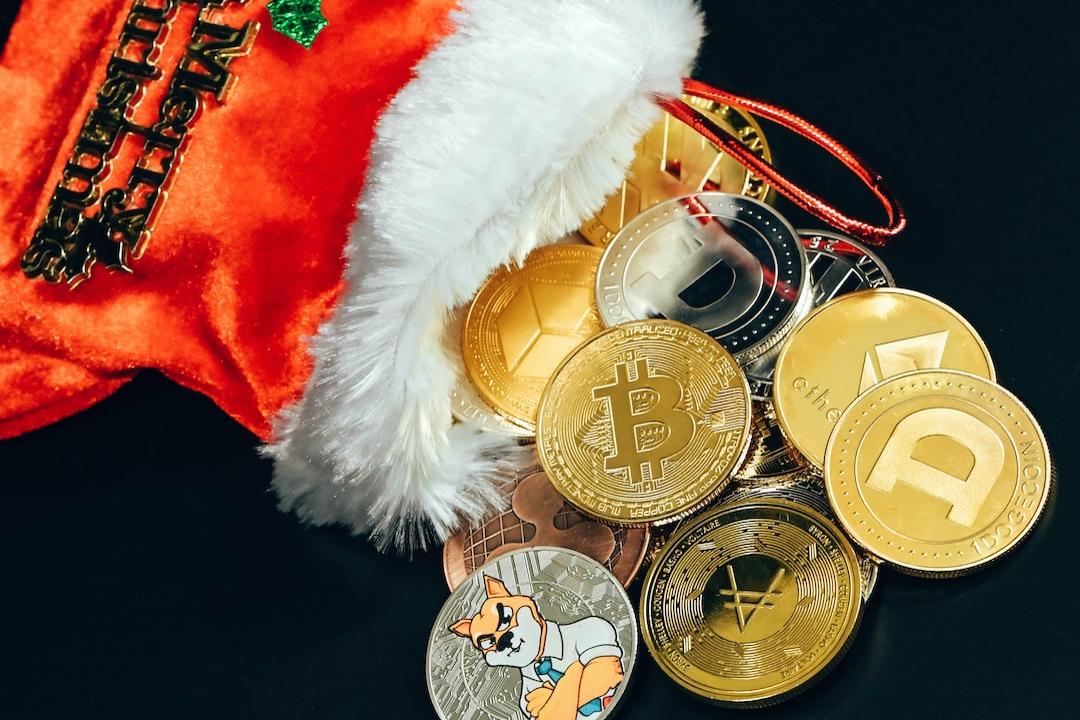What are the three types of plates? The Chinese encryption community has proposed three types of plates for cryptocurrencies, to analyze the meme coins, DeFi, and fundraising tokens in this bull market. This article is based on research tweets by former Injective researcher CaptainZ, reorganized and written by Luodong.
Table of Contents
What is the Three Plate Theory
MEME is a Mutual Aid Plate
DeFi is a Dividend Plate
ICO is a Split Plate
The Circle of Coins is the Circle of Plates
The Three Plate Theory is a cognitive model about Ponzi schemes proposed by Encryption Veda. Based on this theory, this article explores the reasons for three bull markets: MEME coins are mutual aid plates, DeFi is a dividend plate, ICO is a split plate.
Encryption Veda believes that one of the greatest values of Crypto is the first realization of Ponzi democratization and tradability.
Everyone can issue, and can also trade plates. Ignoring external factors, each bull market in Crypto is driven by fundamental innovations of Ponzi schemes. By studying Ponzi schemes, you can find major trend-level Alphas in the market according to the first-order requirements of Ponzi innovation.
Although Ponzi schemes are dazzling, in the final analysis, there are only three models: dividend plates, mutual aid plates, and split plates. All Ponzi schemes are combinations of these three models. Based on this logical analysis method, he calls it the “Three Plate Model.” The three plates can appear separately or in combination, each with its own advantages and disadvantages, corresponding to the logic of starting, operating, and collapsing.
Dividend Plate: Invest a lump sum of money once and receive profits linearly over time;
Mutual Aid Plate: A gives money to B, B gives money to C, C gives money back to A, forming a fund mismatch, with profits settled by transaction;
Split Plate: Continuously split an asset target into new targets. Attract incremental funds through new low-price targets. Profits are realized through the appreciation of targets.
In terms of logic design, the characteristics of the three plates are as follows:

The core of the traditional mutual aid plate lies in the mismatch of funds in spatial scale. This model usually involves multiple participants transferring money to each other in order, forming a fund cycle. Generally, a user, when receiving money from the next person, receives more money than what they gave to the previous person, thus earning more money than their original investment. Project parties generally earn returns through transaction fees for each transfer.
This Ponzi model is the most decentralized among the three models because once the rules are set, there is no need for the “management party” to intervene, as the essence of transaction fees is essentially taxation.
The traditional mutual aid plate is a fund mismatch in terms of spatial scale, so it does not need to form a fund pool, and most of them cannot freely enter and exit funds, but must promise high returns. So why is MEME coin considered a mutual aid plate?
We generally believe that MEME coins have two most important attributes:
Fair Launch: Everyone can participate (everyone can help each other);
Full circulation: No need for the project party to reserve;
The so-called “cultural attributes” and “very large total amount” are not necessary.
In fact, MEME coins are a time-scale fund mismatch. We assume that in a certain bull market context, a certain MEME coin has been consistently strong, so today’s high-price buyers pay money to those who bought the coin yesterday, and those who bought the coin yesterday pay money to those who bought at the lowest price the day before yesterday. And because of the uniqueness of time itself, it forms “passive lock-up” (people cannot always enter the same river). So we have the following comparison:

DeFi was the core narrative of the last bull market (2020), technically writing financial rules into smart contracts (a way of combining blockchain technology with a certain field). From the token economy perspective, it distributes protocol tokens by mining liquidity: putting money into the protocol to get Tokens.
For example, the two most important aspects of the financial field are trading and borrowing, which gives us Uniswap and Compound. In Uniswap, users form trading pairs by depositing tokens A and B into the LP fund pool to earn profits. In Compound, users need to deposit tokens that can be borrowed into the fund pool to earn profits. Most of the profits are protocol tokens, with a small amount being actual money (stablecoins).
DeFi is a typical dividend plate because the basic logic of the dividend plate is to “invest a lump sum of money once and receive profits linearly over time,” isn’t this exactly the same as the above practice? We also have the following comparison:

ICO was the core narrative of the previous bull market (2017). The general play was to write an idea in any field into a white paper, then raise funds and issue tokens, to the point where most people mistakenly believe that the only application scenario for blockchain is “issuing coins” (another way of combining blockchain technology with a certain field). So in that cycle, many strange tokens appeared, such as “doing environmental protection and issuing coins”, “doing computers and issuing coins”, “doing charity and issuing coins”, and so on.
We know that the split plate continuously splits an asset target into new targets, attracting incremental funds through new low-price targets. Isn’t this the performance of ICO? If we consider the cryptocurrency race at the time as a fund, the emergence of various ICOs is precisely splitting the cryptocurrency asset target into new investment targets (new ICO tokens) through “new stories” to attract incremental funds. So we still have the comparison chart:

If we ignore the specific technological evolution and only look at it from the perspective of token economics, it seems that the past decade indeed represents the evolution of the Ponzi model, and we can even consider Bitcoin mining as a form of dividend plate (staking machines generate BTC revenue).
Is the evolution sequence: dividend plate (BTC mining) – split plate (ICO) – dividend plate (DeFi) – mutual aid plate (MEME)? At the same time, projects are becoming more and more decentralized.
On the other hand, if we consider MEME as a race, with more and more MEME coins appearing, it is also a manifestation of the split plate, so we can consider MEME as a combination of mutual aid plate and split plate.
Mutual aid plate may be the real answer to “not receiving plates” in this bull market (Restaking is a dividend plate, DePin is a dividend plate, Layer2 is a split plate, apparently retail investors in this bull market only want to play mutual aid plates).
Original Article Link

Related Reports
Understanding Market Makers: How to Manipulate the Market and Self-Interest in the Gray Area?
Three charges against Biden’s son for “illegal possession of firearms,” meme coin HuntBoden soared 172% at one point
Family meme coins explode: DADDY, Mami, SON.. dominate the trading rankings, reasons surprisingly related to V God?


